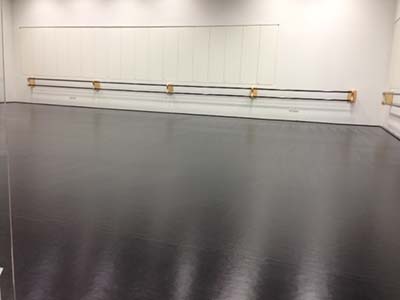Exploring the Diverse Materials That Convert Dance Surfaces into Stunning Aesthetic Displays
Exploring the Diverse Materials That Convert Dance Surfaces into Stunning Aesthetic Displays
Blog Article
Dance surfaces have developed considerably over the years, transforming more than just a place to dance to music. Today, they are converted into stunning aesthetic encounters through the use of multiple materials and techniques. These substances not only improve the visual attractiveness of the space but also improve the complete encounter for performers and audiences alike. Comprehending the versatile substances that add to these vibrant settings can provide understanding into the craft of performance floor creation.
One of the most common substances used in modern dance floors is light-emitting diode lighting. LED lamps are power-saving and can produce a wide variety of hues and impacts. They can be embedded in the floor itself or used as part of a lighting setup over the dance floor. This innovation allows for coordinated light displays that can change in response to the music, creating an engaging encounter. The capability to program these lights means that they can be tailored to fit different concepts or moods, making each occasion distinct.
Another crucial material is mirror-like surfaces, such as reflectors or polished tiles. These materials can create an deception of space and dimension, making the dance floor appear larger than it actually is. When dancers dance, their reflections can add an additional layer of visual appeal, enhancing the complete performance. Additionally, reflective materials can engage with lighting effects, amplifying the colors and designs displayed on the floor. This combination of light and mirroring can captivate spectators and boost the energy of the occasion.
In furthermore to lighting and mirror-like substances, the use of digital screens has grown increasingly common in dance floor design. These screens can show vibrant visuals, graphics, or even real-time feeds of the performance. By incorporating electronic technology, occasion planners can create a multi-sensory experience that involves both the dancers and the spectators. The capability to change visuals in actual time allows for a fluid atmosphere that can adapt to the beat and energy of the music, making each instance feel new and exciting.
Furthermore, the selection of surface substance itself plays a crucial role in the overall encounter. Traditional wooden dance floors are still favored for their strength and functional qualities. However, newer substances like synthetic and elastic are gaining popularity due to their flexibility and simplicity of maintenance. These materials can provide superior impact absorption, reducing the risk of harm for performers. Additionally, they can be designed with various patterns and hues, allowing for creative expression in the dance floor's look.
In summary, the evolution of dance floors into breathtaking visual experiences relies on a combination of creative substances and technologies. LED lighting, mirror-like materials, digital screens, and specialized flooring substances all add to creating an engaging environment for performers and spectators. As technology continues to advance, the you could try here opportunities for improving dance floor design will only grow, making upcoming occasions even more captivating and memorable. Comprehending these substances helps value the craftsmanship involved in creating spaces where dance and melodies come together in harmony.